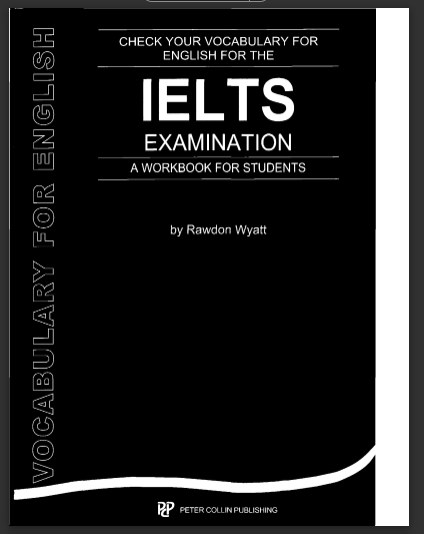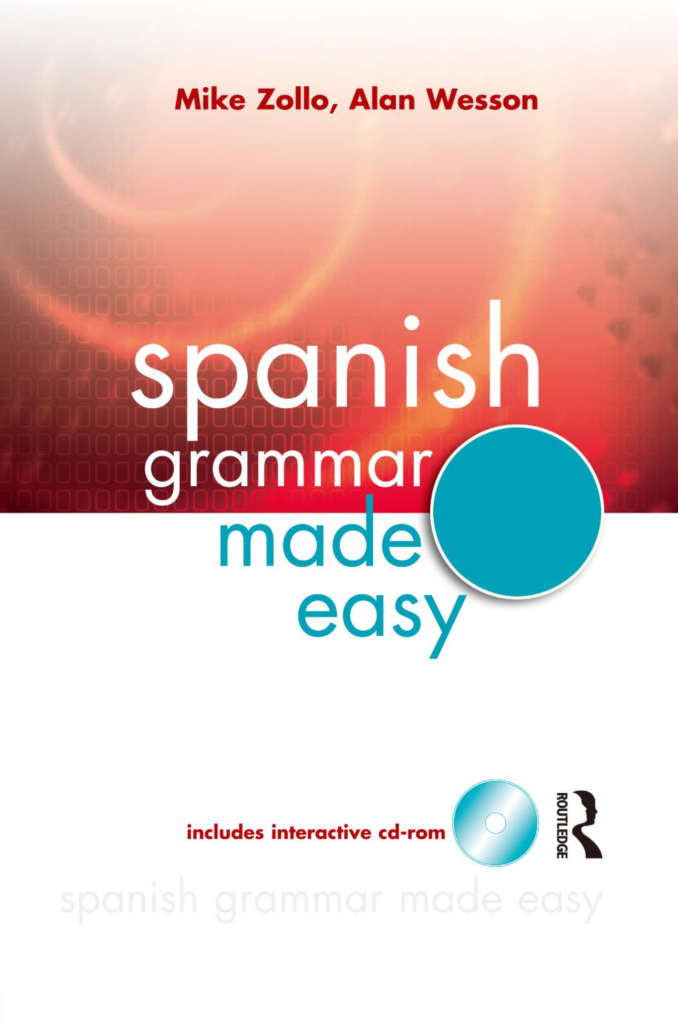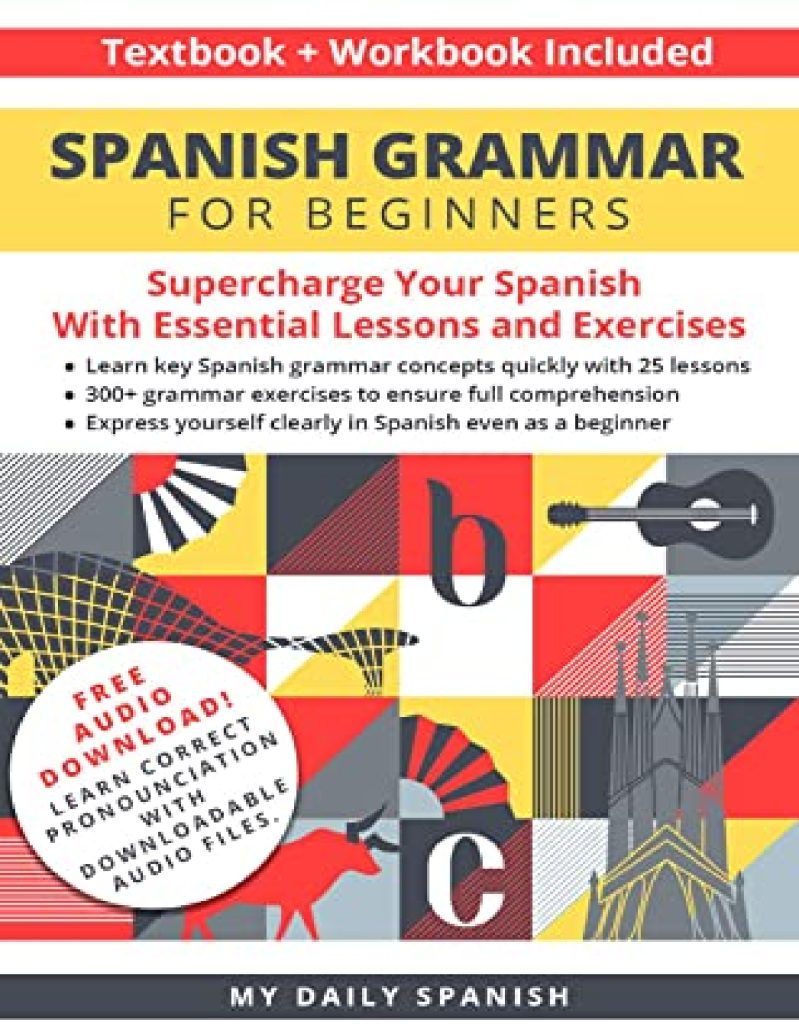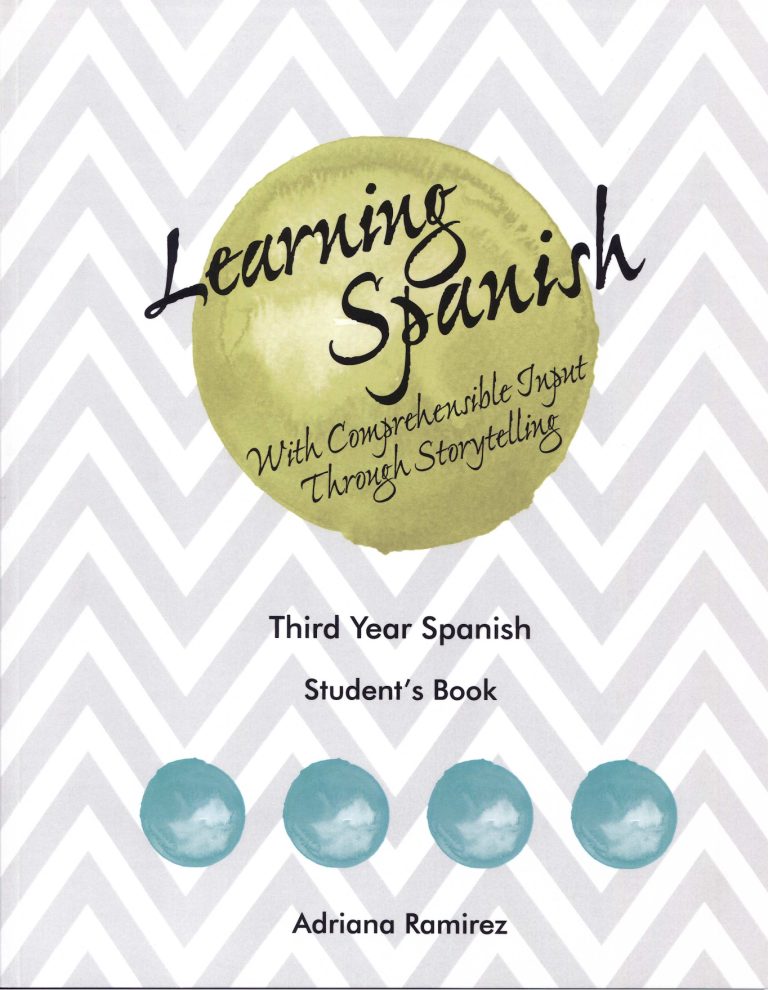poem’s workbook
Easy English Step By Step for ESL Learners Book
nciation Pairs.pdf.pdf
Geschichte-MenschenEreignisse
Yes, as an AI language model, I have been trained on a vast corpus of written language, including grammar and writing handbooks. I can assist with grammar-related questions and offer guidance on proper writing conventions. Just let me know how I can help!









